In my article, You Are Not as Rational as You Think – 6 Cognitive Biases Sales Reps Should Watch out for, I wrote about various patterns of faulty thinking that can twist sales reps’ reasoning skills and jeopardize their success rate. On the flip side, sales reps are not the only ones that give in to faulty reasoning – buyers do this too.
As a salesperson, you should be familiar with different irrational thinking patterns, so that you can capitalize on them in your sales conversations. This is an amazing topic that will get you to question everything you thought you knew about the nature of human reasoning. Once you understand how your prospects tend to draw conclusions about the world, it will be easier for you to influence them.
I am sure that a good salesperson already has some intuitive knowledge of this topic. However, behavioral economics offers scientific, research-based findings on how people think and make purchasing decisions — use these findings to hit your quota.
Ambiguity effect
Most people do not like the unknown, especially when it comes to investing money in it. Imagine you were given two options for dining out:
- A place you have visited before which is okay, but nothing special.
- A place you have never been before, know nothing about it, and could turn out to be either a hidden gem or a complete disaster.
Which one would you choose?
As it turns out, most people go for the first option. In the situation where the outcome is unknown, they like to play it safe even if it means that they are settling for a mediocre choice. If your prospect is like most of us, they will be thinking in the same way.
Implication for your sales conversation
Make sure that there is nothing unknown about your offer. Try to be as explicit as possible about how purchasing your product/service will affect your customer’s business. Provide numbers, examples of others, illustrations, everything and anything that can clear any doubts and ambiguities your prospect might have. Moreover, if you want to make the most out of the ambiguity bias, you could throw some doubt on your competitor’s offer.
Herding effect
Herding effect is a tendency to imitate the behavior of others in your group. Let’s go back to that dining out example:
Let’s say you are standing in front of 2 restaurants, thinking which one to enter. You notice that one has a decent amount of guests in it, while the other one is empty. Which one would you choose?
Most people would think:
“A restaurant with guests is a good restaurant, while a restaurant without guests is a bad restaurant. So, I will go with the restaurant with guests.”
This is an assumption most people would make (I am not saying you would too). However, this assumption is just one of many possible interpretations of why one restaurant is empty and the other one is not.
Other possible explanations might be:
- The second restaurant just opened, while the first one has been around for ages and people got used to it (think ambiguity bias).
- The owner of the first restaurant is having a celebration and all the people in it are actually his friends and family.
- Both restaurants were initially empty before a larger group of friends came and chose the first one for any random reason — cute, flowery table cloth design, for example. Everyone else who came after followed the full=good/empty=bad logic and chose the first restaurant too thus leaving the second restaurant empty.
In reality, all of the explanations are equally probable and you do not really have any reason to prefer one over another (unless someone actually recommended the first place). However, the fact that most people would choose the full restaurant as their dining option tells a lot about how people behave in a crowd.
When in doubt, we look up to examples of others in our surrounding. We are social sheep. We make decisions out of inertia, conformity or due to reasoning that a large group of people cannot be wrong.
Implication for your sales conversation
Emphasize the number of your happy customers. If possible, introduce your prospects to current clients. Show testimonials of satisfied clients, tell their stories, and show their pictures. When people see that so many other clients are pleased with your product, they are more likely to try it themselves.
Endowment effect
Scientist studying consumer behavior have found that people value something more if they possess it, even if they came into its ownership just a minute ago. In one experiment, participants who were given one item (a chocolate bar) were asked to exchange it for another item of similar value (a mug). Most of them refused. The same happened to the group that was first given a mug and then asked to exchange it for a chocolate bar.
Car salespeople have realized the importance of the endowment effect long ago – that is why they insist on you test-driving the car you are eyeing. They understand that once you get a glimpse of how it would feel to own the car, the endowment effect will start to work on you. The perceived value of the car will be greater for you and you will be more likely to agree with the price you were offered.
Implication for your sales conversation
First get prospects to agree to a free trial of your product; only after should you discuss the price. Once the endowment effect starts working in your gain, the prospect will be more likely to understand the product’s value and agree with the suggested price.
Ratio bias
Ratio bias refers to our difficulty in relating to ratios as opposed to absolute numbers. Imagine a focus group of middle-aged women who are presented with two anti-wrinkle facial creams; they are told that Cream 1 has a risk of 2.3% to trigger skin allergies, while Cream 2 caused skin allergies in 238 people among 9326. Next, they are asked to make a choice between the two. Which one would you choose?
The risk is slightly lower for Cream 2; however, most people would choose Cream 1 because the information presented in the form of a ratio (10%) or proportion seems more impersonal and thereby less intimidating than presenting it in terms of frequency (1 in every 10 women…).
Implication for your sales conversation
Depending on your goal, you can play with the numeric presentations in two ways: if you want to diminish the importance of a number, present it as a ratio or a proportion. However, if you want to highlight a feature of your product, make sure to illustrate in absolute numbers how many consumers were satisfied with your product.
Hyperbolic discounting
Hyperbolic discounting refers to people’s tendency to choose a smaller reward now over a larger one later. Ask a child to choose between a chocolate now or a chocolate and a toy in 2 weeks’ time — if the kid is anything like most of us were, they will probably go for the first option.
It turns out that grown-ups are not much better; numerous experiments have confirmed that we tend to value smaller now-rewards over the larger, long-term payoffs. It seems counter intelligent but there it is. The explanation behavioral scientist give is that for most people perceived value of a reward diminishes the farther it is set in the future.
Why does this happen? Consider that we live in the era of immediate gratification. We want things now, rather than later. It is everywhere, just look around you: ‘Lose x kilos in only x days,’ the newspaper ad says. What about the credit card debt phenomenon — buying something now instead of waiting to earn money and buying it later without paying insane interest rates? The hyperbolic discounting is everywhere around us, so you might as well use it to your gain.
Implication for your sales conversation
Highlight the quick payoffs your prospect will get after purchasing your product or a service. “Expect to see the first results already within x days” is a sentence you should use in your sales conversation, especially if the main benefits will only come later.
Last words…
Cognitive biases are a powerful tool of persuasion for those who know how to use them. I would argue that this is what separates a good salesperson from an excellent one. The knowledge we now have about how cognitive biases work is not anecdotal or intuitive but science-based, which is all the more reason why any aspiring salesperson should dedicate their time and effort to understanding it.
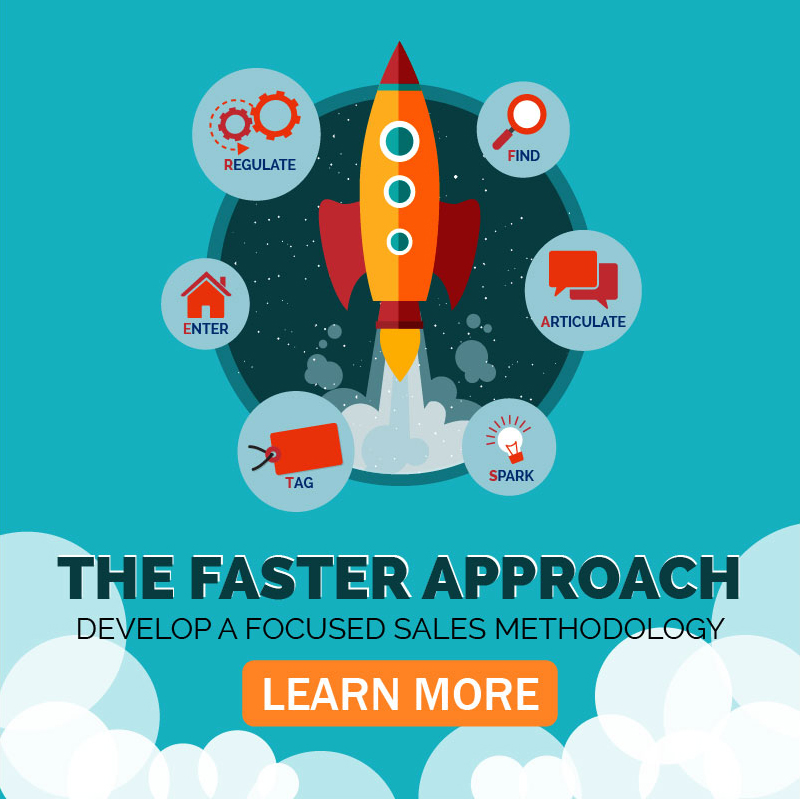

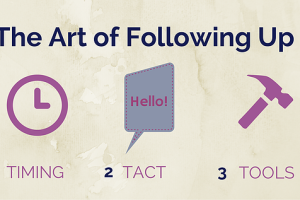
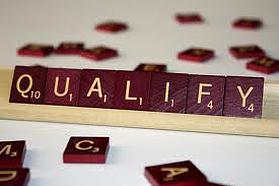
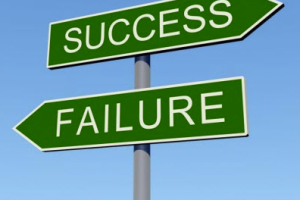


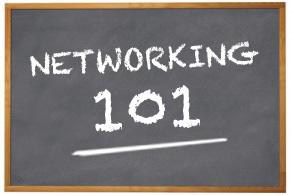

Speak Your Mind